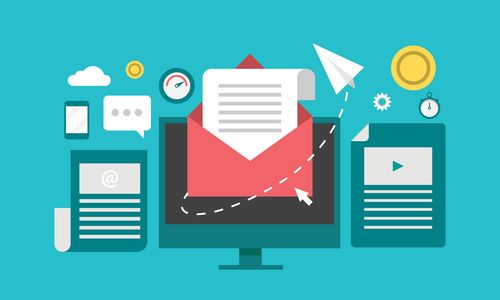In the intricate dance of email marketing, timing plays a lead role. The right timing can amplify the reach and impact of your campaigns, turning prospects into loyal customers. This guide provides a step-by-step approach to optimizing the timing of your email outreach, ensuring that your messages not only reach your audience but resonate with them too.
Step 1: Understand Your Audience's Schedule
The first step in perfecting your email timing is to get a clear understanding of when your audience is most likely to engage with emails. This varies based on demographics, lifestyle, and habits. For instance, working professionals may prefer checking emails in the early morning, while students might be more responsive later in the day or evening. Use analytics tools to track when your emails are being opened and read, and tailor your timing accordingly.
Step 2: Address Time Zone Differences
If your audience spans multiple time zones, consider this in your scheduling. Sending an email that arrives in someone's inbox at 2 AM is less likely to be opened than one that arrives at a more convenient time. Segmenting your email list based on geographic location allows you to tailor send times for maximum effectiveness.
Step 3: Choose the Right Day of the Week
Days of the week can have a significant impact on email open rates. While research often points to midweek days like Tuesday and Wednesday as optimal, this can vary. Test different days to find what works best for your audience. Keep track of open and click-through rates for emails sent on different days to determine your most effective timing.
Step 4: Align with Seasonal Trends and Events
Timing your emails in relation to relevant seasonal trends, holidays, and events can greatly increase their effectiveness. Retailers, for example, might see higher engagement by aligning emails with shopping seasons like Christmas or back-to-school periods. Be mindful of your audience's cultural and regional backgrounds when planning these campaigns.
Step 5: Determine the Optimal Frequency
Striking the right balance in email frequency is crucial. Too many emails can lead to audience fatigue and unsubscribes, while too few can result in missed opportunities for engagement. Start with a moderate frequency and adjust based on your audience's response and engagement levels.
Step 6: Utilize Automation for Consistency
Automation tools can help you maintain a consistent and strategically timed email schedule. These tools can send emails at predetermined times and can also trigger emails based on user behavior, adding a layer of personalization and timeliness to your campaigns.
Step 7: Engage in Continuous Testing
The only constant in email marketing is change. Regular testing and adaptation of your email timing strategies are essential. Experiment with different times and days, monitor the results, and adjust your strategy based on the data you collect.
Conclusion
Optimizing the timing of your email outreach requires a mix of understanding your audience, considering time zones, choosing the best day, aligning with seasonal trends, finding the right frequency, using automation, and continuously testing and adapting. By following these steps, you can ensure that your email campaigns are not just sent out but are strategically timed for maximum engagement and impact.
Remember, in email marketing, timing is not an afterthought—it's a key ingredient in the recipe for success.



